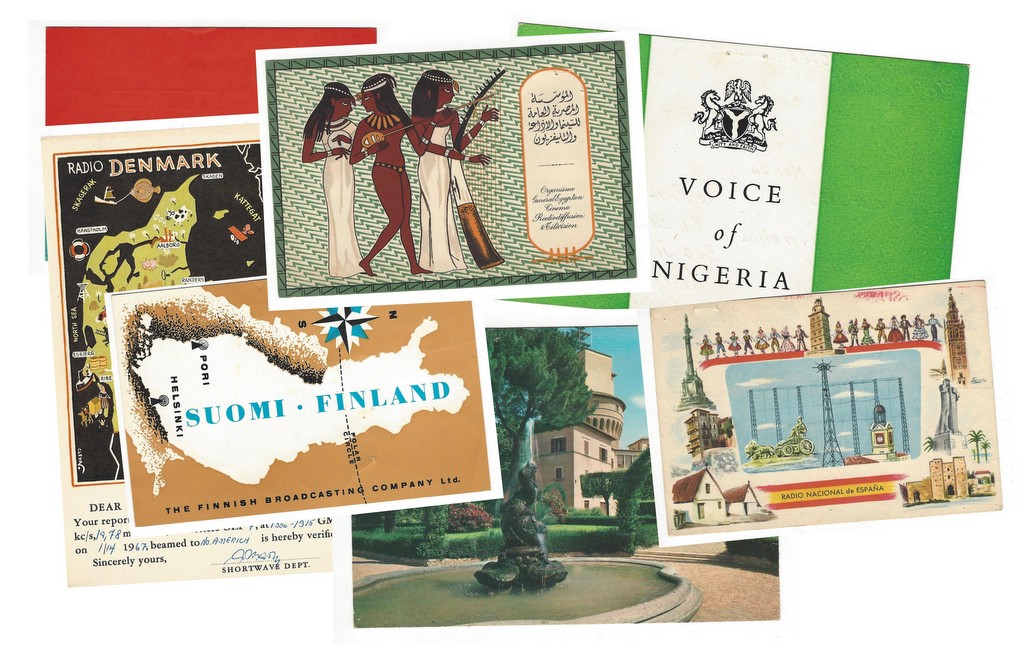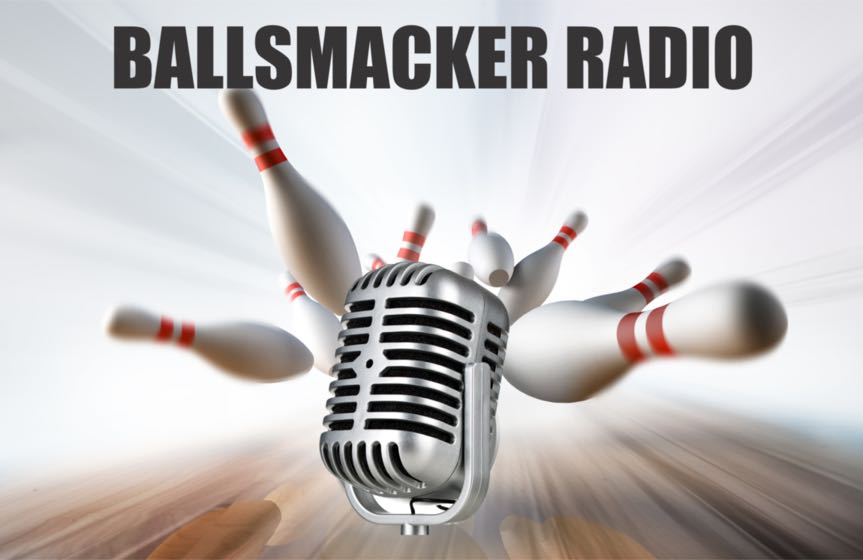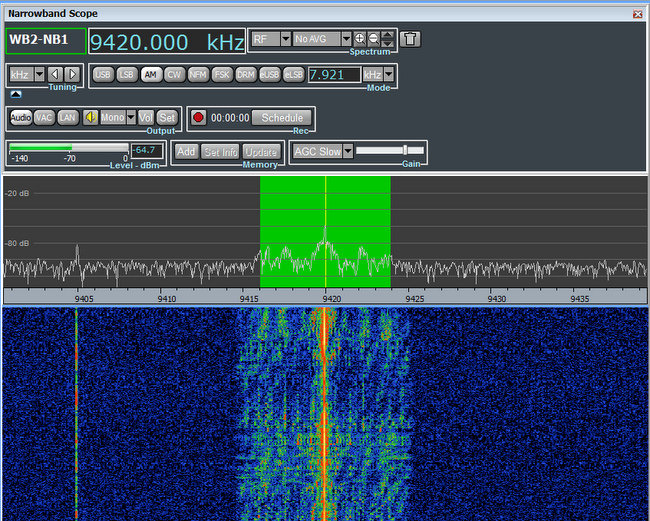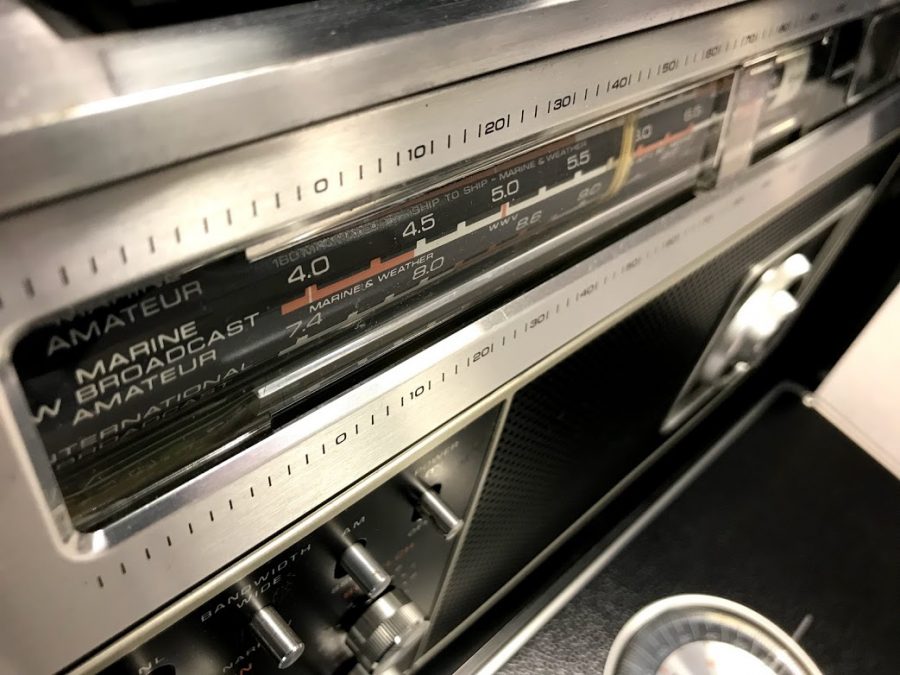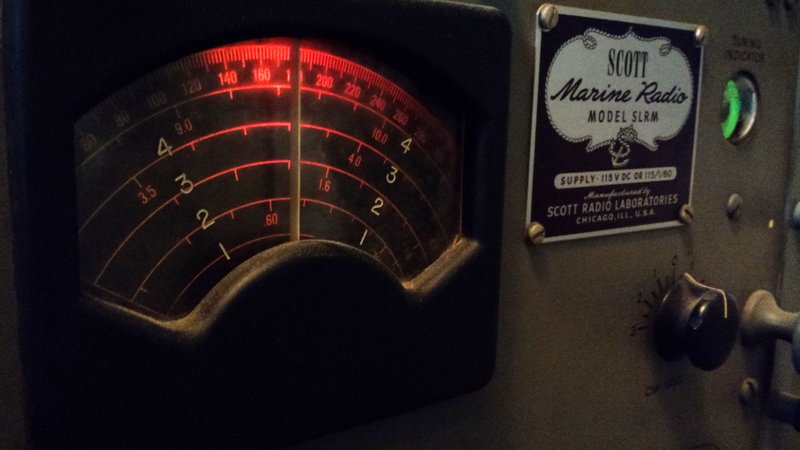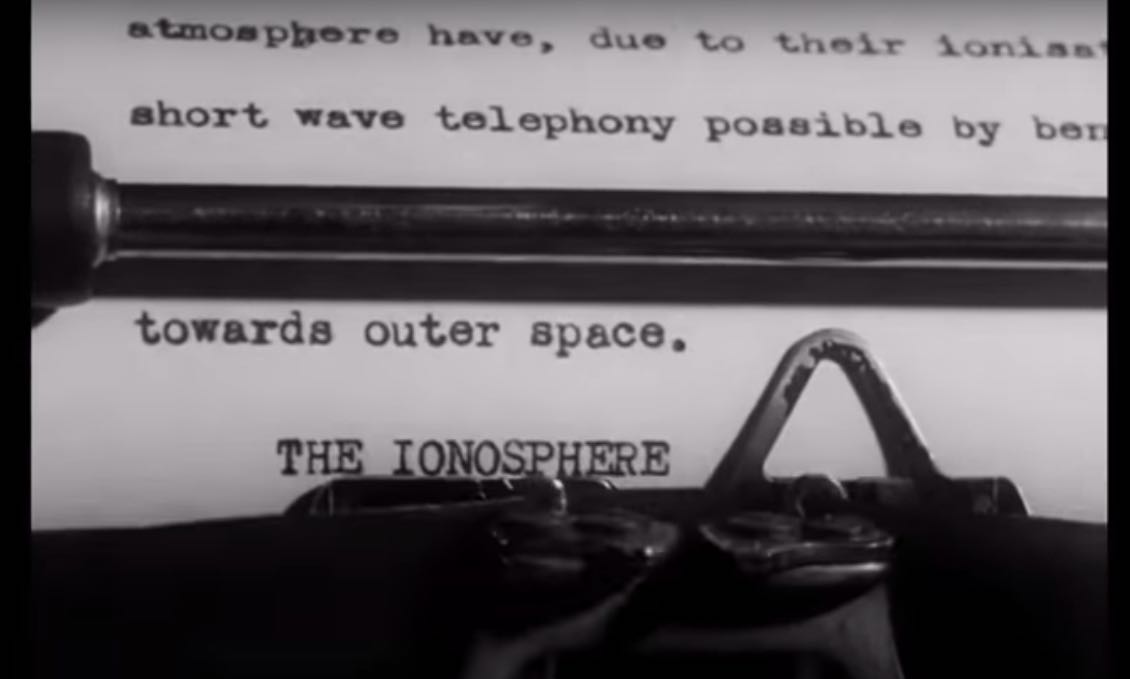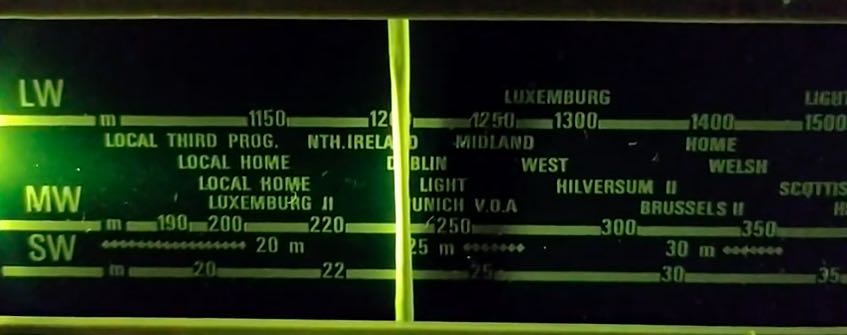 I’m very honored to have been interviewed by John Walsh who produces the excellent program Wireless on Flirt FM in Ireland. John reached out to discuss the relevance of the shortwave radio medium, particularly through the context of the Russian invasion of Ukraine. Here’s the show description:
I’m very honored to have been interviewed by John Walsh who produces the excellent program Wireless on Flirt FM in Ireland. John reached out to discuss the relevance of the shortwave radio medium, particularly through the context of the Russian invasion of Ukraine. Here’s the show description:
In the April 2022 edition of Wireless, we look at the part of the radio spectrum called shortwave, consider its importance in the past and continued relevance in a digital world. Founder of the SWLing blog Thomas Witherspoon discusses the historical development of shortwave, including its heyday during the Cold War, and explains how it continues to be used today, for instance to evade Russian internet censorship during the Ukrainian war. The programme also remembers Irish pirate shortwave operators of the 1980s as featured on our related site Pirate.ie.
Click here to listen to the full show at Wireless Flirt.
John is a true kindred spirit and devoted radio enthusiast. I would encourage you to subscribe to his monthly Wireless episodes via your favorite podcast player; here are links to iTunes, Spotify, and Stitcher.
In addition, John is the one of the founders and curators of Pirate.ie which is a brilliantly documented archive of pirate radio stations in Ireland. I highly recommend checking it out!

